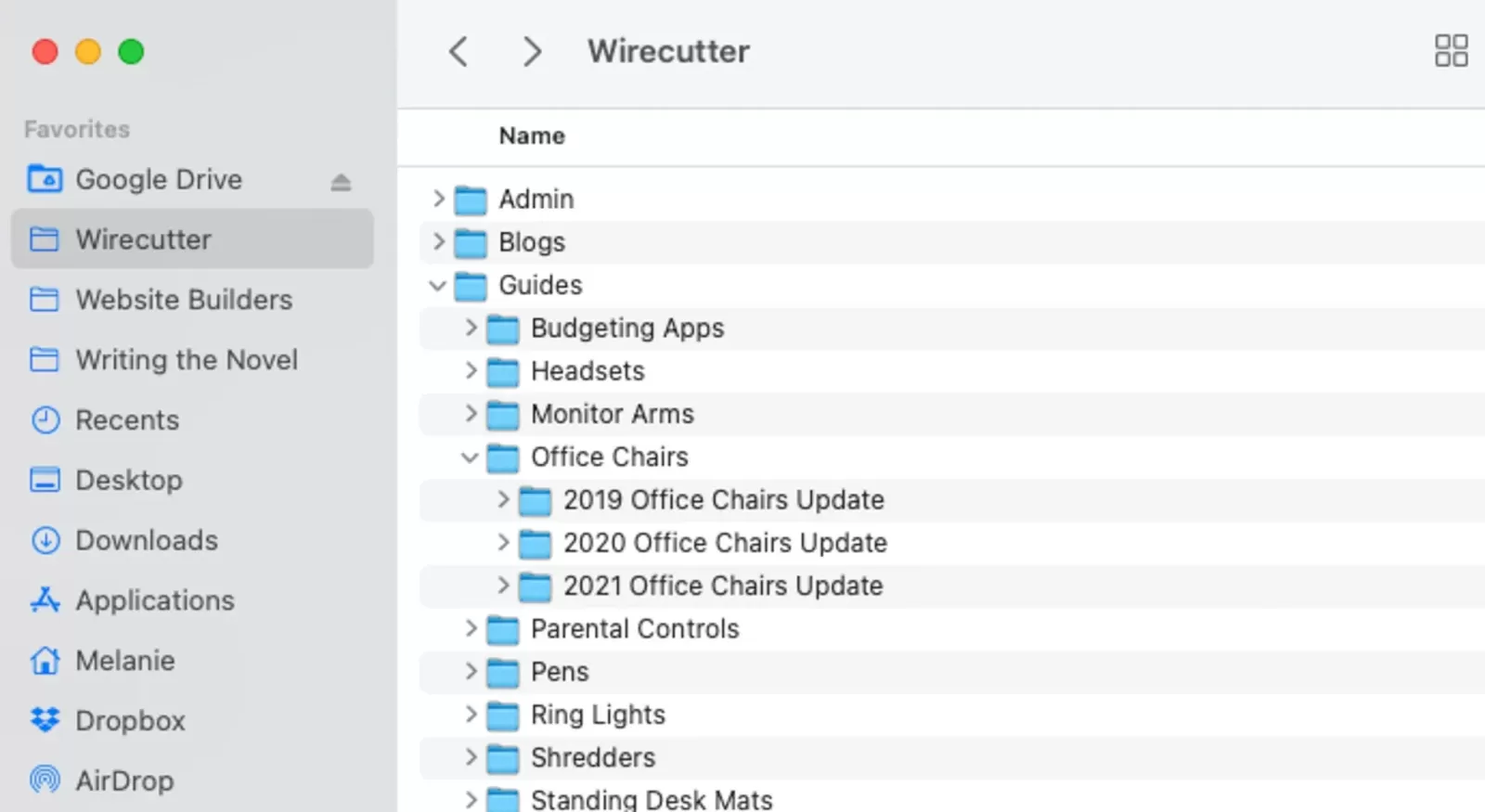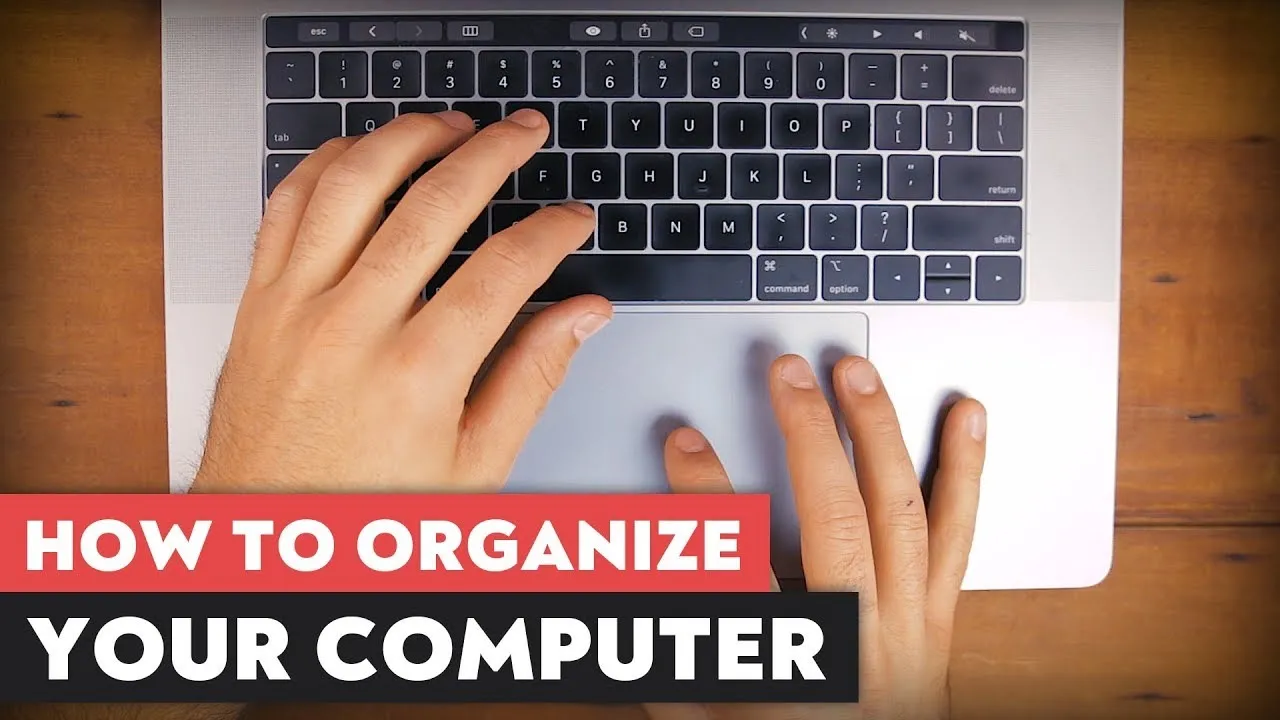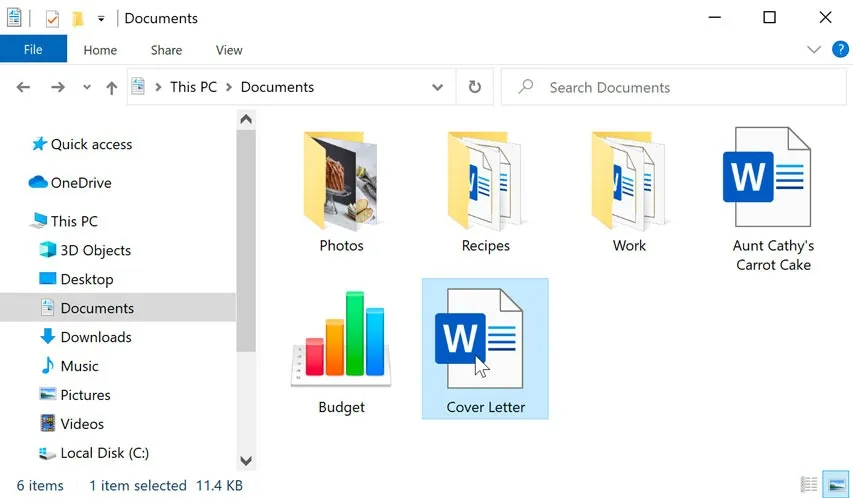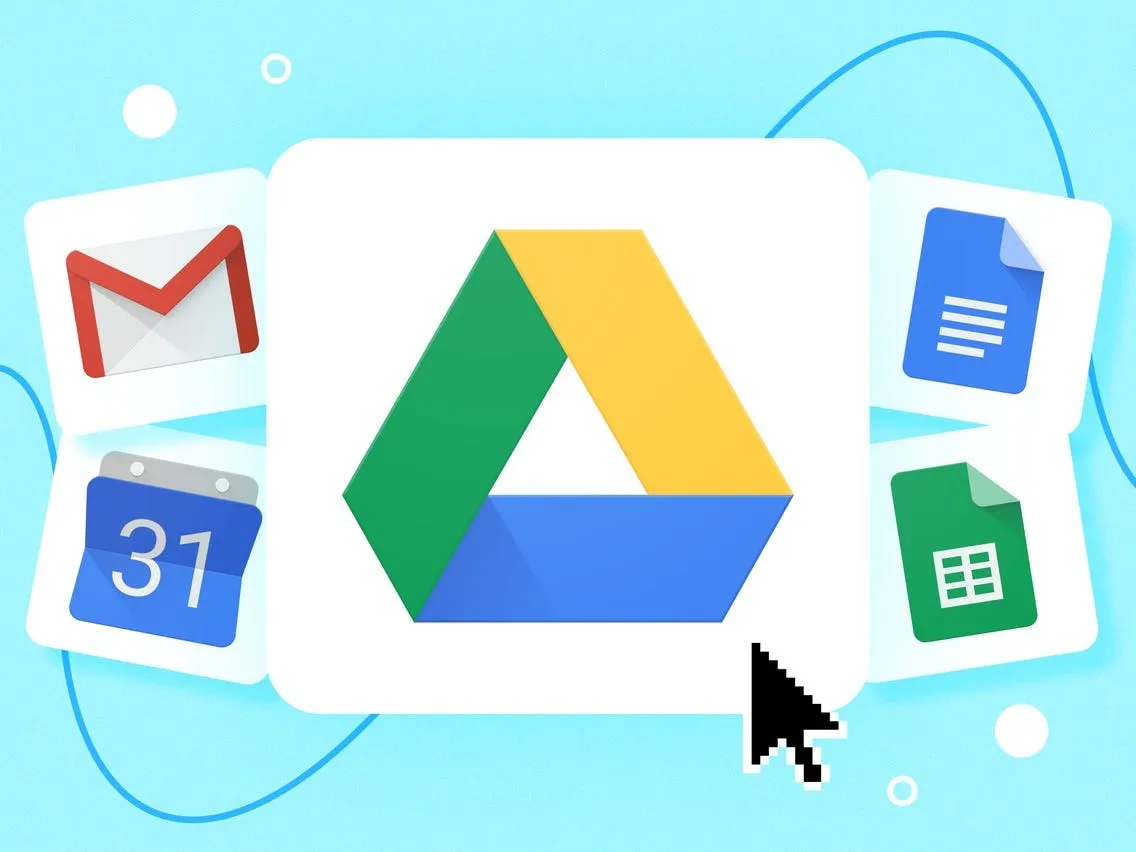Did you know that the average person spends 2.5 hours each week searching for files on their computer? With the amount of digital information we deal with on a daily basis, it is crucial to have an organized file system that allows for easy access and retrieval of your important documents, photos, and videos.
In this guide to computer file organization, you will learn how to:
• Create a logical folder structure
• Properly name your files
• Utilize file tags and shortcuts
• Maintain and update your file organization system.
By following these techniques, you can save valuable time and increase productivity by quickly locating the files you need when you need them.
So let's dive in and take control of your digital clutter!
#1. Creating a Logical Folder Structure
So, you've decided to tackle the challenge of creating a logical folder structure for your computer files - let's dive in and make this organization process a breeze!
One effective strategy is to utilize cloud storage for file organization. This not only provides secure backup but also allows easy access from any device.
Another approach is organizing files based on project or task categories. By creating separate folders for each project or task, you can easily locate and manage relevant files. This method promotes efficiency and prevents clutter.
Now that you have established a solid folder structure, the next step is properly naming your files to further enhance organization and retrieval.
#2. Properly Naming Your Files
First and foremost, it's crucial to ensure that your file names are as clear as crystal. This is because a well-named file can save you countless hours of searching through folders and subfolders. To help you master the art of proper file naming, here are four essential practices to keep in mind:
- Be descriptive: Use specific words that accurately describe the content of the file
- Use consistent formatting: Stick to a standardized format for naming files throughout your computer
- Avoid special characters: Symbols and spaces can cause compatibility issues across different operating systems
- Include dates or version numbers: Adding timestamps or version numbers can help you track revisions and avoid confusion.
By following these best practices, you'll be able to easily locate files when needed and maintain an organized digital workspace. Now let's delve into the next section on utilizing file tags and shortcuts for even more efficient organization techniques.
#3. Utilizing File Tags and Shortcuts
To maximize your efficiency and streamline your workflow, make sure to take advantage of file tags and shortcuts. By utilizing file tags, you can benefit from efficient searching. Assigning relevant tags to your files allows for easy categorization and quick retrieval when needed. Whether it's by project, client, or topic, tagging files enables you to locate specific documents with minimal effort.
Additionally, integrating file shortcuts into your organization system provides quick access to frequently used files. Simply create a shortcut on your desktop or in a designated folder for instant retrieval. This saves valuable time that would otherwise be spent navigating through multiple folders to find the desired document.
With file tags and shortcuts as part of your computer file organization strategy, you can now move on to organizing documents, photos, and videos seamlessly without any disruption in productivity.
#4. Organizing Documents, Photos, and Videos
If you're still living in the Stone Age of digital clutter, it's time to tame the wild beasts of your documents, photos, and videos with some much-needed organization.
To effectively sort and categorize your digital files, follow these steps:
- Create a logical folder structure: Start by creating main folders for different file types (e.g., Documents, Photos, Videos). Then, create subfolders within each main folder based on specific categories or projects.
- Utilize file naming conventions: Rename files with descriptive names that include relevant keywords and dates. This will make it easier to search for specific files later on.
- Implement cloud storage: Take advantage of cloud storage platforms like Google Drive or Dropbox to store your files securely and access them from any device. This ensures better organization and eliminates the risk of losing important files.
By implementing these strategies, you'll have a well-organized system for managing your digital assets. As you move forward into maintaining and updating your file organization system...
#5. Maintaining and Updating Your File Organization System
Source: Youtube
Once you've established a well-organized system for managing your digital assets, it's crucial to regularly maintain and update it to ensure its effectiveness. One important aspect of maintaining your file organization system is regularly backing up your files. Regular backups are essential to prevent data loss in case of hardware failure or accidental deletion. You can use cloud storage services or external hard drives to create backups of your important files.
Another effective strategy for maintaining an organized file system is archiving and decluttering. Over time, files can accumulate and clutter up your folders, making it difficult to find what you need. Archiving involves moving less frequently accessed files into a separate archive folder or compressing them into a single file to save space. Decluttering involves deleting unnecessary files that are no longer needed. By regularly backing up your files and implementing archiving and decluttering strategies, you can ensure that your file organization system remains efficient and easy to navigate.
Conclusion
In conclusion, by following the guide to computer file organization, you've equipped yourself with the tools necessary to maintain an efficient and effective system. Just like a well-organized library, where books are neatly categorized on shelves and labeled accordingly, your files now reside in logical folders with proper names and tags. This visual representation highlights the importance of order and accessibility in navigating through your digital collection. Remember to consistently update and maintain this system for optimal productivity.
If you're interested in this post, visit Meme Funny to keep up with the latest technology news.
Maybe you are interested:

Computer Crashed? How To Recover A Crashed Computer

How To Secure Your Laptop From Theft: 5 Essential Tips in 2023









